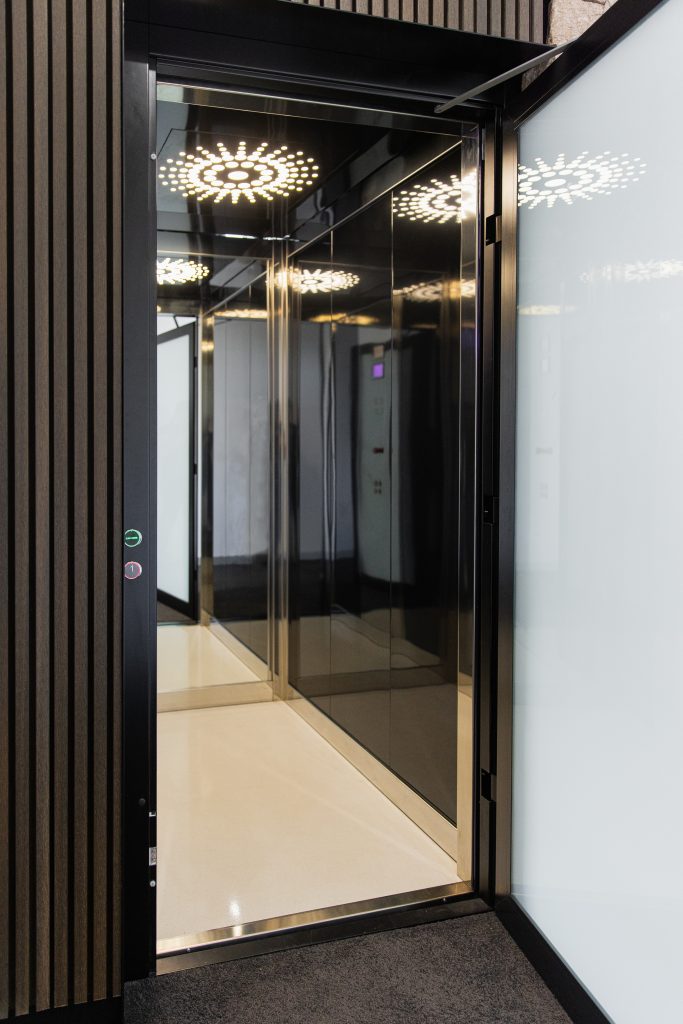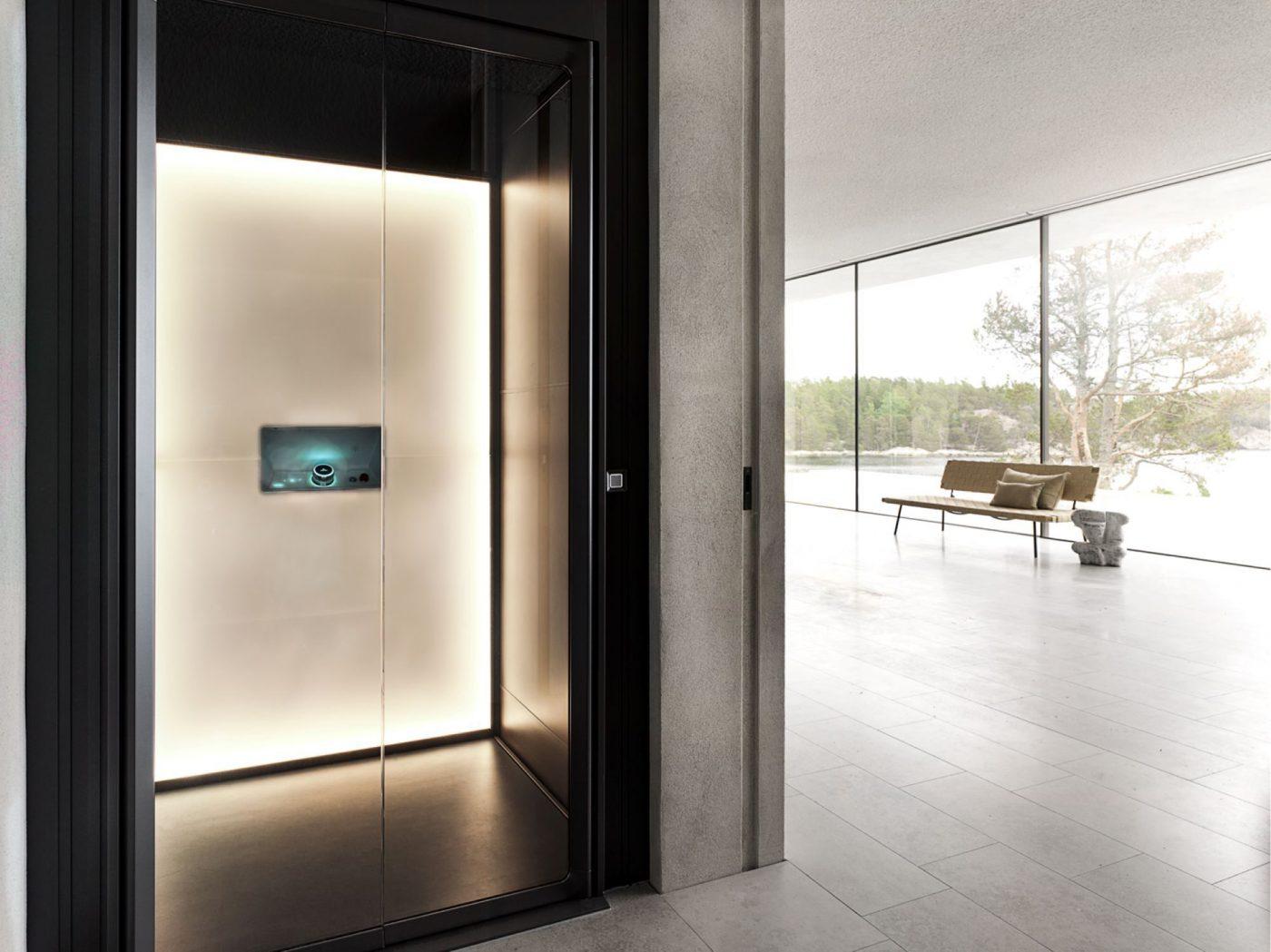Leading Lift Companies in London: Offering Quality Installations and Upkeep
Leading Lift Companies in London: Offering Quality Installations and Upkeep
Blog Article
Exploring the Globe of Elevators: Typical Issues Encountered by Various Lift Devices
As we navigate via the vertical transportation systems of modern structures, elevators attract attention as an indispensable element of our daily lives. Nevertheless, behind their smooth operation exists a world of elaborate devices that can in some cases run into difficulties. From hydraulic lifts to grip systems and machine-room-less styles, each lift kind comes with its set of usual issues. Comprehending these obstacles is essential for making sure the smooth performance of these important systems. Allow's discover the complexities that underlie the operation of lifts and the possible concerns that can occur, dropping light on the detailed web of lift mechanisms.
Hydraulic Elevators
Hydraulic elevators, commonly preferred for low-rise buildings, utilize fluid stress to regulate the movement of the elevator automobile (lift repair companies). This device involves a hydraulic pump pushing oil right into a cyndrical tube, creating the lift to relocate the desired instructions. While hydraulic lifts are recognized for their peaceful and smooth operation, they do include their very own set of common issues
One prevalent problem with hydraulic elevators is oil leakage. The seals in the hydraulic system can wear gradually, causing oil infiltration. This not just produces a mess however can also affect the elevator's efficiency if left unaddressed. Furthermore, problems with the control system, such as defective valves or a malfunctioning pump, can cause disturbances in the lift's motion.
Regular upkeep and timely repair work are necessary to guarantee the smooth functioning of hydraulic lifts. By attending to these common concerns proactively, structure owners can decrease downtime and make sure the security and efficiency of their upright transportation system.
Grip Elevators
When considering upright transportation systems in structures, one more common kind other than hydraulic lifts is the traction lift. Traction lifts operate making use of a system of ropes and counterweights that relocate the elevator car by clutching onto the hoist ropes. This system permits smoother and quicker vertical transport contrasted to hydraulic systems.
One of the usual issues encountered by traction lifts is rope wear. The continuous activity of the ropes within the traction system can cause tear and use over time, potentially creating the elevator to malfunction or come to be risky for usage. Regular examinations and maintenance of the ropes are necessary to ensure the lift's proper functioning and safety and security.
Another problem that grip lifts may run into is associated with the control system. Problems with the control system can result in problems such as irregular motion, hold-ups in response times, or also complete shutdowns. Routine screening and upkeep of the control system are essential to avoid such concerns and guarantee the elevator's dependability.
Machine-Room-Less (MRL) Lifts

Among the crucial components of MRL lifts is the compact gearless grip machine that is mounted within the hoistway. This device successfully drives the elevator car without the requirement for bulky devices located in standard grip elevators. In addition, MRL elevators commonly use a weight system to balance the cars and truck, further improving their power effectiveness.
In spite of their benefits, MRL lifts may face difficulties associated with repair and maintenance because of the restricted room for tools installation. Availability for servicing parts within the shaft can be restricted, calling for specialized training for specialists. Appropriate upkeep timetables and normal inspections are essential to guarantee the continued smooth operation of MRL lifts.
Overloading and Weight Limitation Issues
Are lifts outfitted to take care of excess weight lots successfully and securely? Straining and weight restriction concerns are critical concerns in elevator operations. Elevator manufacturers design raises with particular weight capabilities to make certain passenger security and tools longevity. Surpassing these weight limitations can cause different troubles, including mechanical failings, hold-ups, and safety hazards.
When elevators are strained, it puts excessive pressure on the motor, cables, and various other elements, potentially creating malfunctions or breakdowns. Safety devices such as sensors and overload sensing units are in place to stop lifts from moving if they find excess weight. Furthermore, exceeding weight limitations my company can lead to boosted power intake and deterioration on the lift system.
To reduce straining issues, constructing managers must prominently show weight restrictions in elevators and enlighten occupants on the value of sticking to these limitations - lift repair companies. Normal maintenance checks by qualified technicians can likewise aid make sure that lifts are operating within risk-free weight criteria. By dealing with overloading and weight restriction issues proactively, building owners can boost lift safety and efficiency
Electrical System Failings
Exceeding weight limits in elevators can not just lead to mechanical issues however additionally possibly contribute to electrical system failures within the lift facilities. Electrical system failings are a critical issue in elevator Web Site operation, as they can trigger unforeseen closures, breakdowns, and even safety risks. One typical electric concern is the getting too hot of components due to excessive present circulation brought on by overloading the elevator past its capacity. This can result in damage to the circuitry, control, or motor systems, resulting in costly repairs and downtime.
In addition, power surges or fluctuations in the electric supply can likewise interrupt the elevator's procedure, impacting its performance and safety and security. These electrical disturbances can harm sensitive lift elements such as control panels, circuit boards, or sensors, resulting in system failings. Routine upkeep and examinations are vital to identify and resolve prospective electrical problems quickly, making certain the risk-free and efficient procedure of elevator systems. By sticking to weight limits and performing routine electric system checks, building owners can mitigate the danger of electric failures in lifts.
Final Thought

Hydraulic elevators, commonly chosen for low-rise structures, utilize fluid stress to control the motion of the lift cars and truck.When considering upright transportation systems in buildings, an additional common kind apart from hydraulic elevators is the grip lift. Traction lifts run using important site a system of ropes and weights that move the elevator auto by gripping onto the hoist ropes. Unlike typical elevators that call for a separate machine space to house the devices, MRL lifts integrate most of the elements within the shaft, removing the need for a specialized equipment room.In final thought, lifts encounter common issues such as hydraulic malfunctions, grip system failings, and electric system troubles.
Report this page